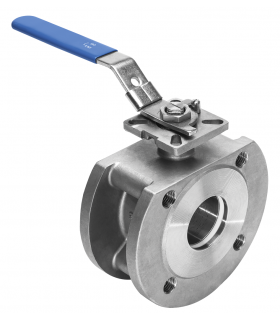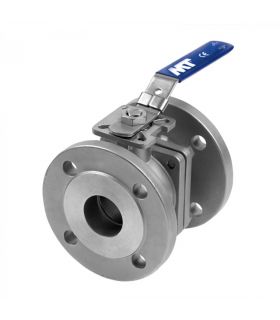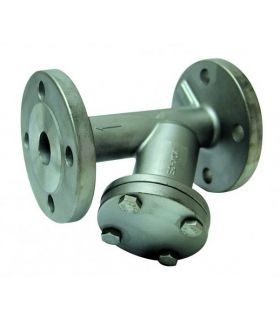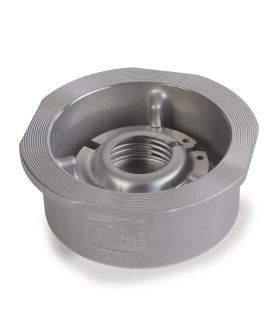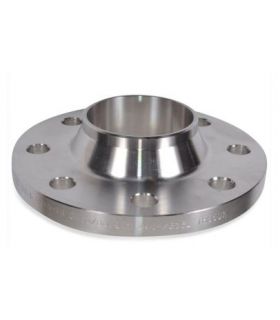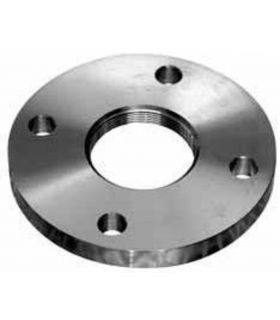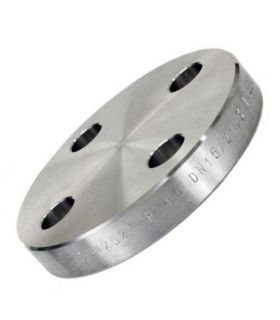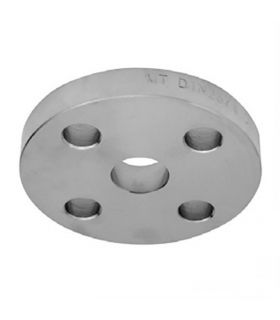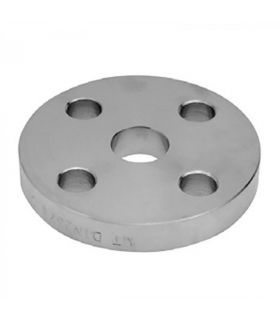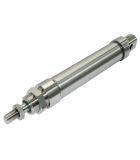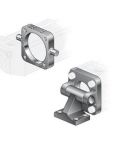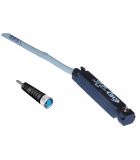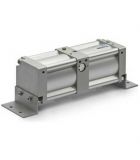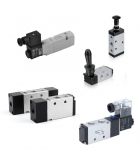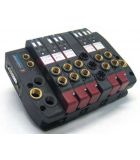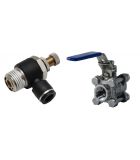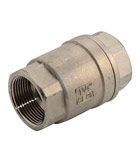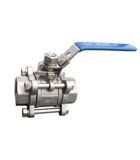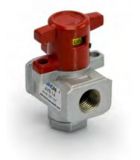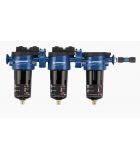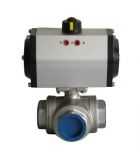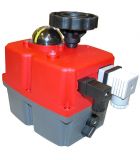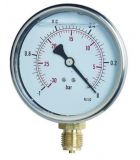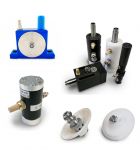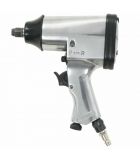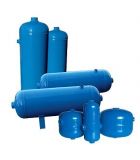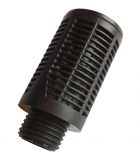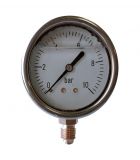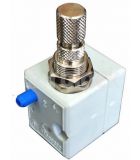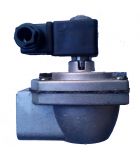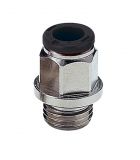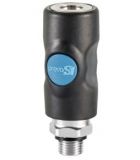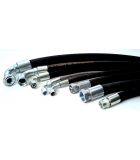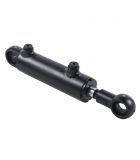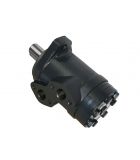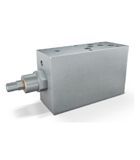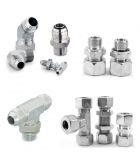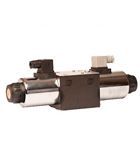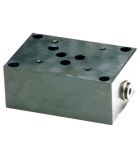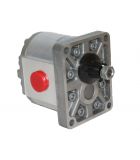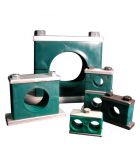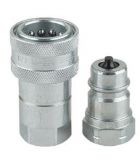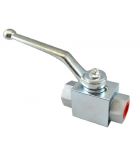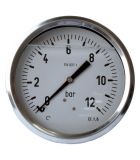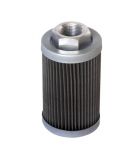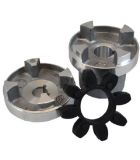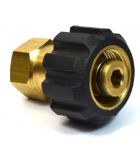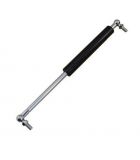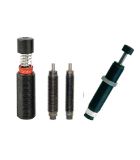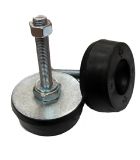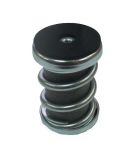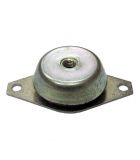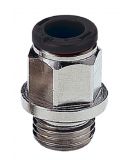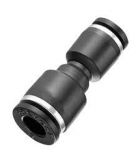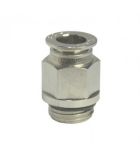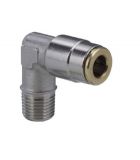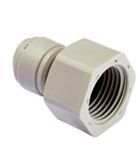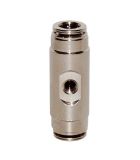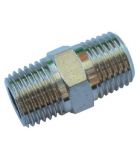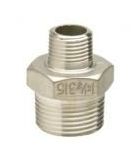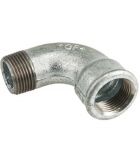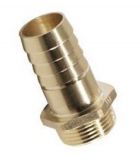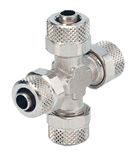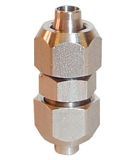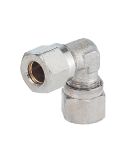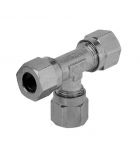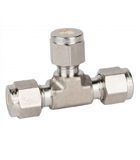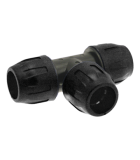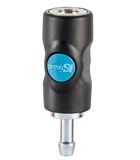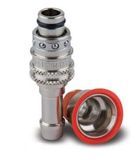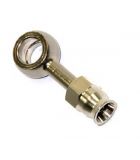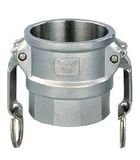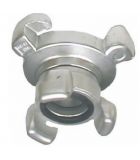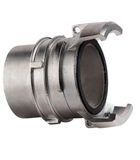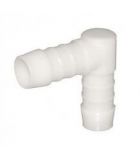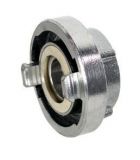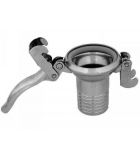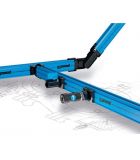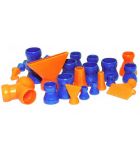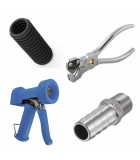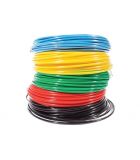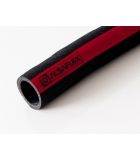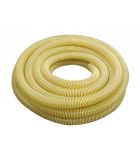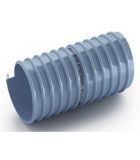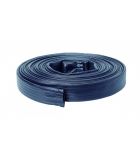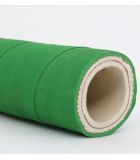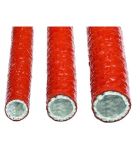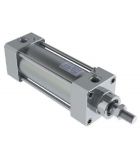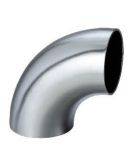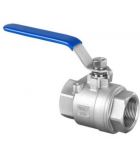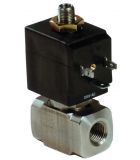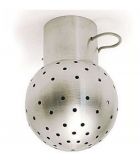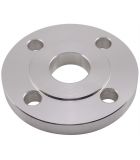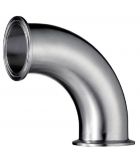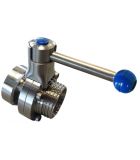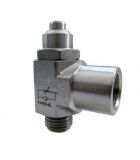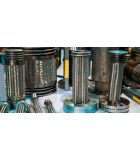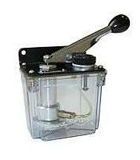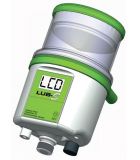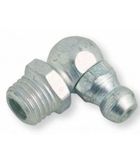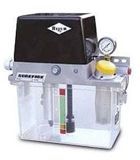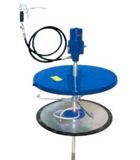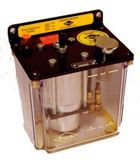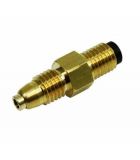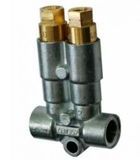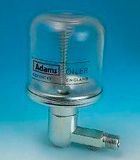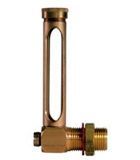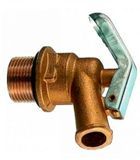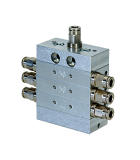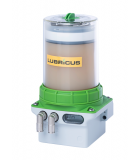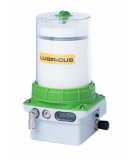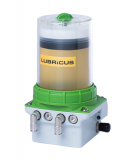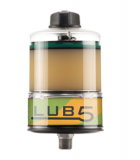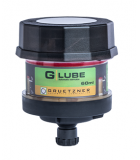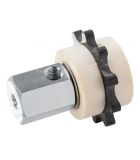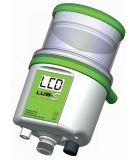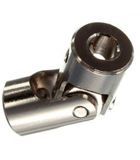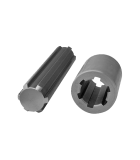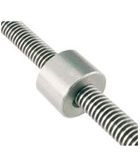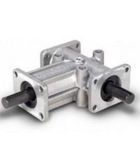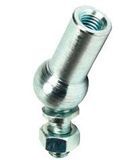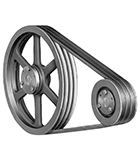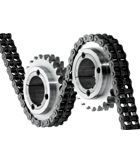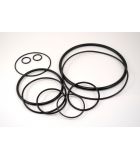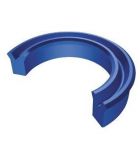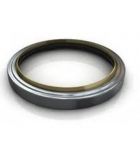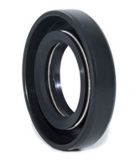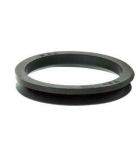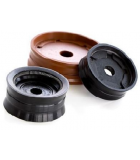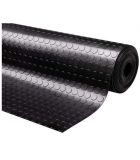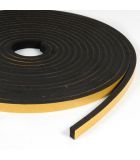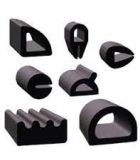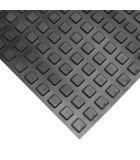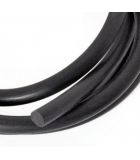STAINLESS FLANGE
Stainless steel flanges. Buy online at the best price.
Stainless flanges are a type of union flange that are manufactured using stainless steel, a material that is resistant to corrosion and oxidation. This type of flanges is used in a wide variety of applications, such as the construction of structures, equipment manufacturing, boilermaking, the chemical, metallurgical, and naval industries, among others.
Stainless flanges are characterized by being durable and resistant, making them suitable for corrosive or humid environments. In addition, they are also resistant to high temperature, making them suitable for applications where thermal resistance is required.
In terms of design, stainless flanges usually have a circular shape, have holes to be fastened with other flanges, using screws and nuts, and are available in different sizes and thicknesses to adapt to the needs of each application. They can also be available in different grades of stainless steel, which vary in terms of their resistance to corrosion and oxidation.
There are various types of grades in stainless flanges and they are used in different applications.
-Type 304 Stainless Steel Flanges: This is one of the most common types of stainless flanges and is used in a wide variety of applications. It is resistant to corrosion and oxidation, but is not suitable for very corrosive environments.
-Type 316 Stainless Steel Flanges: This type of stainless flange is more corrosion resistant than type 304 and is suitable for marine and highly corrosive environments.
-Type 321 stainless steel flanges: This type of stainless steel flange is resistant to corrosion and high temperature, making it suitable for applications where thermal resistance is required.
-Type 347 stainless steel flanges: This type of stainless steel flange is resistant to corrosion and oxidation, and is also suitable for corrosive and humid environments.
-Welded flanges: This type of stainless flange is manufactured by welding, allowing for greater strength and greater structural integrity.
-Stainless steel flanges with insulating material: This type of stainless steel flange is used in applications where greater corrosion resistance and greater thermal insulation are required.
These are some of the most common types of stainless flanges. It is important to choose the right type of stainless flange for each application based on environmental conditions, strength needs, and specific technical requirements.
Regarding the classification of stainless steel flanges, we can summarize the following regulations:
ASA/ANSI/ASME (USA), EN/DIN (Europe), BS10 (British/Australian) and JIS/KS (Japanese/Korean). Normally the flanges of different regulations are not interchangeable. And each regulation is divided depending on the different pressure ranges they can withstand.
The most common pressure classes are #150, #300, #600, #900, #1500, #2500 and #3000 according to ASME standards.
For other regulations, such as DIN, these pressure classes are defined by the acronym PN followed by the maximum pressure admissible through the flange in bars, such as, for example, PN10, PN16, PN20, PN25, PN40, PN50, PN100, PN150 , PN250 or PN420. As with flanges of different standards, flanges of different pressure classes are not usually interchangeable.
We can classify stainless steel flanges by their design into:
Blind flanges: These are round plates without a center hole. They are used at the ends of pipes, valves or in pressure tanks. They are suitable for all standard tube sizes and high pressure ranges.
-Lock or Lap Flanges: This type of flanges can rotate around the pipe thus allowing easy alignment and coupling with bolts even after being welded. They are used in systems that require frequent disassembly.
-Sliding Flanges: Perfect for low pressure applications. They are designed to slide from the end of the pipe to the place where it will be welded. They imply simplicity and economic savings in installation.
-Flanges with welding seat: Used for small size and high pressure pipes. In these flanges the tube penetrates until it makes contact with the seat or plug and is welded to the flange.
-Threaded Flanges: They make up a special group of flanges since they can be assembled without the need for welding. They are used with small, low pressure tubes.
-Weld Neck Flanges: They are characterized by their long conical neck and are used in high pressure applications. The tapered center transfers stress to the tube and acts as a reinforcement, thus providing the force to counteract lateral tilt.
-Orifice Flanges: They are used as a replacement for standard flanges and allow the installation of a meter to measure the flow of liquids or gases.
-Reducing Flanges: They are used to change the size of the tube and are an economical means to change the size of the pipe. Neck, sliding and threaded flanges can be reducing. Another important parameter to define a flange is the faces.
There are mainly five types of flanges which we can see below:
-Flat Face (FF): Flanges with a flat face have the gasket surface in the same plane as the circle where the screws are fixed. Applications that use flat face flanges are frequently those in which the joining flange or adjusting flange is made from a casting.
-Raised Face (RF): Flanges with raised faces are the most common type used in processing plants, and are easy to identify. If we refer to it as a raised face, it is because the contact surfaces have a raised surface around the central hole. This type of union allows the use of various types of joints.
-Ring gasket (RTJ): these pieces have slots on their faces into which steel ring gaskets are inserted. Flanges seal when bolts compress the ring between the flange grooves, deforming the gasket to achieve a metal-to-metal seal.
-Tongue and Grooved (T&G): The tongue and groove faces of these flanges must match. One face of the flange has a protruding ring (tongue) machined into the face of the flange while the mating flange has a mating depression (groove) machined into its face.
-Male and female (M&F): With this system the flanges must also match. One face of the flange has an area that protrudes from the flat face of the flange (male). The other flange or pair has a matching depression (female) machined into its face.

